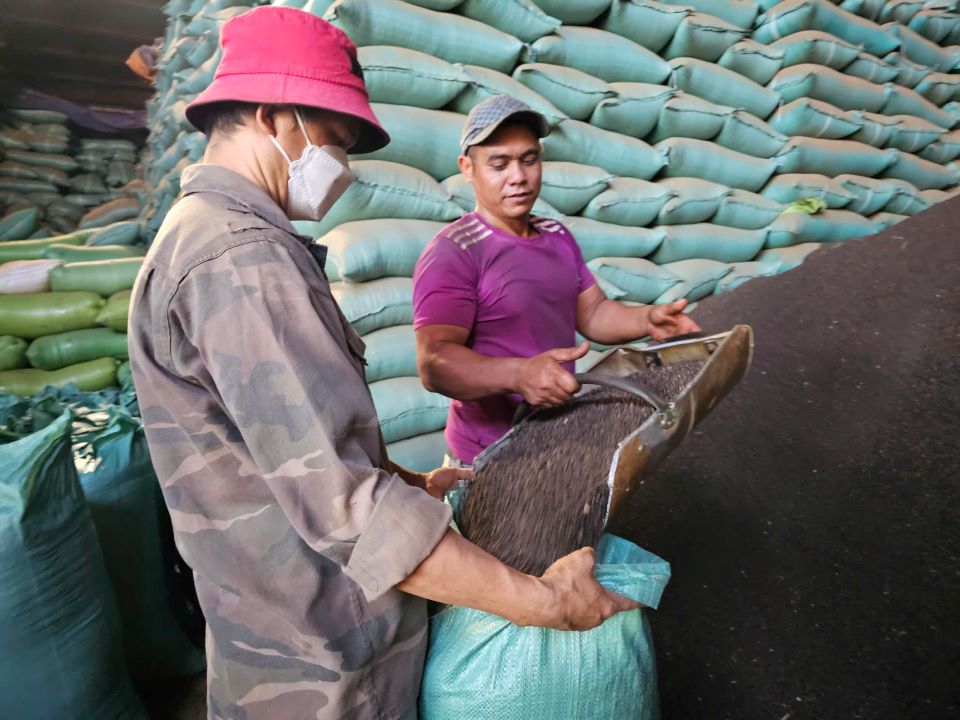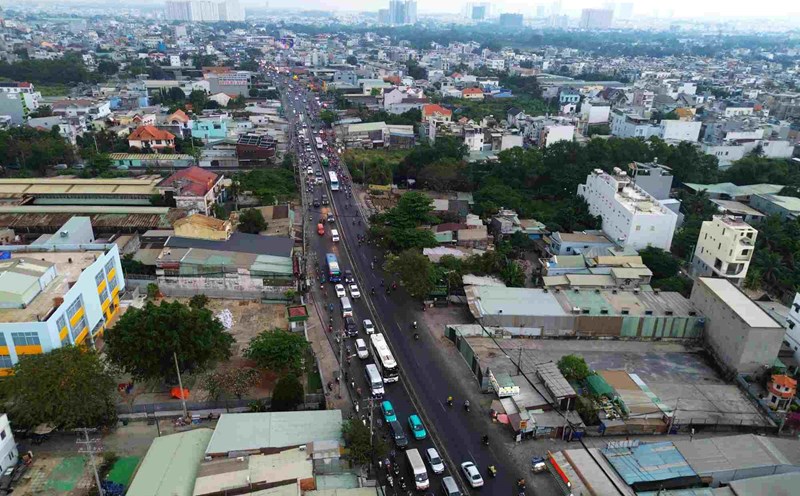Pepper, likened to the "black gold" of Central Highlands farmers. Currently, people here are entering the early harvest season with a positive signal when prices have doubled compared to last year.
This morning, on March 9, pepper was purchased by dealers at 160,000 VND/kg. While at the same time last year, it was only about 80,000 VND/kg.
Pepper prices reaching a peak at the beginning of the crop is good news, but people are still worried. Ms. Tran Thi Hien, in Ea Kao commune, Buon Ma Thuot city, Dak Lak, shared her joy when pepper prices increased sharply, but was also concerned about major fluctuations in the market.
In 2016, pepper prices exceeded the 200,000 VND/kg mark but then plummeted, at times falling below 40,000 VND/kg.
This has caused many farmers to fall into misery, even bankruptcy. The main reason is that farmers are betting and investing a lot of money to develop the pepper area.
It is worth mentioning that due to racing with the market, many farmers have defied warnings from the authorities to continuously expand pepper growing areas.
Many people even grow pepper in unsuitable areas, leading to consequences of over-demand supply, reduced quality, epidemics and heavy damage.
Therefore, currently, when pepper prices increase again, farmers are still worried. Farmers hope that pepper prices will be stable so that they can develop their gardens sustainably, avoiding repeating the difficulties of the past.

Mr. Y Hanh Bya, in Cuor Dang commune, Cu M'gar district, Dak Lak cultivates nearly 1 hectare of coffee pepper and has experienced many ups and downs with this type of tree.
He was once happy when pepper prices peaked, then disappointed when prices kept plummeting. Grieffully, he helplessly witnessed the pepper garden dying from the epidemic. Therefore, he is worried about the "underground waves" after the current "price storm".
According to him, when pepper prices increase, farmers can make a good profit. However, when prices drop sharply, revenue suddenly drops, leaving them unable to react, even falling into debt due to having invested in taking care of their gardens.
Therefore, he hopes that pepper prices will be stable at the level of ensuring income, helping farmers feel secure in producing, investing in a cost-effective irrigation system and moving towards sustainable farming.
The Central Highlands is one of the largest pepper growing areas in Vietnam with an area of about 82,000 hectares.
This area not only contributes significantly to the country's pepper output but is also the main source of income for many farming households.











